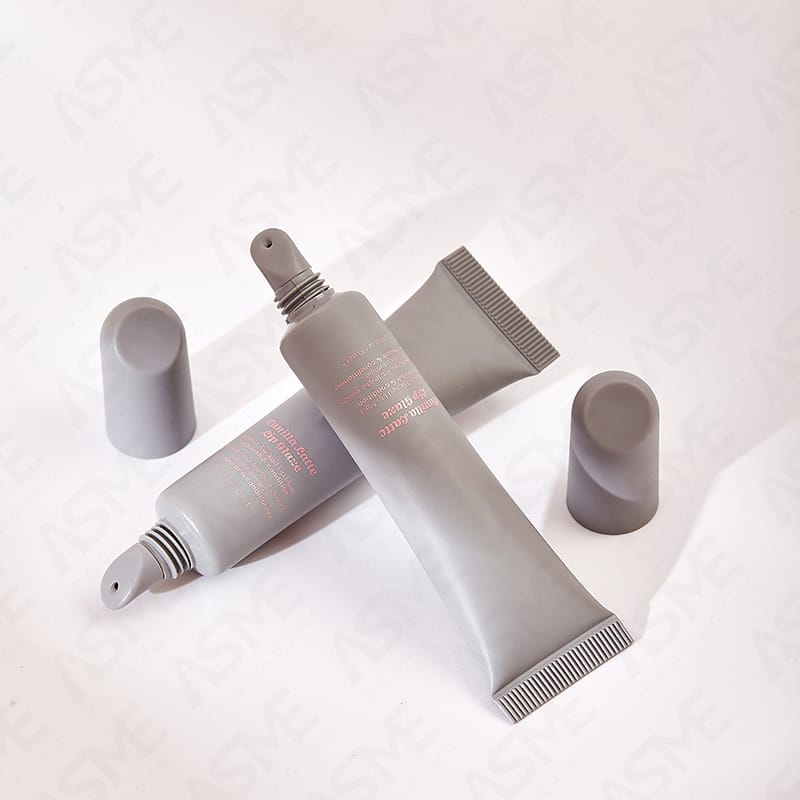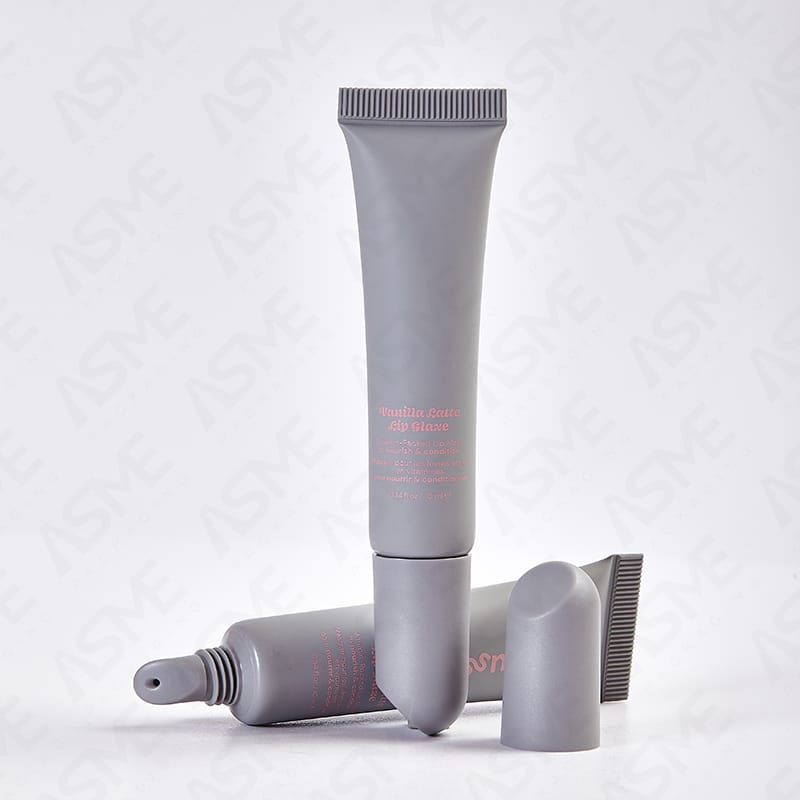Menu
Menu
Menu

In the manufacturing world, tube wall thickness plays a critical role in determining product quality, durability, and cost-effectiveness. ASME Packaging Co., Ltd (ASME) specializes in providing tailored solutions for optimizing tube wall thickness to meet diverse industrial needs. Whether it’s for packaging, structural applications, or fluid transport, understanding how to balance wall thickness is essential for achieving optimal performance.
Tube wall thickness directly impacts the strength, weight, and overall functionality of a product. Thicker walls provide added durability and resistance to pressure, but they also increase material costs and weight. On the other hand, thinner walls reduce costs and weight but may compromise structural integrity. ASME emphasizes the importance of finding the right balance to ensure product reliability while minimizing waste.
Several factors must be considered when optimizing tube wall thickness:
ASME leverages advanced technologies and industry expertise to determine the ideal wall thickness for various applications. By analyzing product requirements and conducting material testing, ASME ensures that each tube meets the necessary standards for functionality and durability.

ASME follows a systematic approach to optimize tube wall thickness:
By following this process, ASME ensures that clients receive tailored solutions that meet their unique needs.
Tube wall thickness optimization is crucial across various industries. Here are some examples:
ASME utilizes advanced simulation tools to predict the behavior of tubes under various conditions. These tools allow for precise calculations and reduce the need for trial-and-error during production. Additionally, material testing ensures that the selected materials meet industry standards and are suitable for the intended application.
By combining these technologies, ASME provides clients with reliable and efficient solutions for optimizing tube wall thickness.
Optimizing tube wall thickness offers several advantages:
ASME is dedicated to providing high-quality solutions that meet the evolving needs of its clients. By staying abreast of industry trends and leveraging cutting-edge technologies, ASME continues to lead the way in tube wall thickness optimization.
Tube wall thickness optimization is a critical aspect of modern manufacturing. By understanding the factors that influence thickness and employing advanced tools like advanced simulation tools and material testing, ASME Packaging Co., Ltd ensures that clients receive products that are both cost-effective and reliable. Whether you’re in packaging, construction, or automotive, ASME has the expertise to deliver tailored solutions that meet your needs.
Contact ASME today to learn more about how tube wall thickness optimization can enhance your products and drive your business forward.